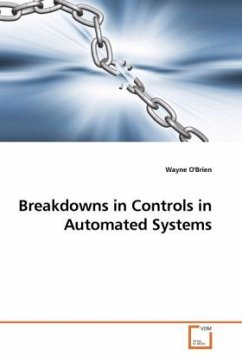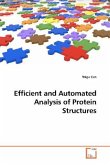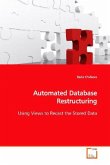Breakdowns in Controls in Automated Systems
considers the problem of failing to satisfy
organizational control requirements (control
requirements) in automated systems. The significant
economic, social, and political consequences of
failing to satisfy control requirements are
discussed for background, using examples from well-
publicized failures in government, business, and the
military. A solution to the problem, called the
Meta-Artifact Process (MAP) is discussed in detail,
with comparisons to existing processes. MAP adds
three extensions to Object-Oriented Domain Analysis,
and uses knowledge management techniques to make
tacit knowledge explicit in the Meta-Artifact, one
of the extensions. Domain rules, which characterize
a domain, form the basis of MAP''s second extension,
Domain Rules Analysis. The Bifurcated Architecture,
the third extension, allocates aspects of the
system likely to change frequently, such as business
rules, to an external repository as data, rather
than to software code. Managing the most frequently
changed aspects of the system through an external
repository reduces maintenance costs and improves
reliability.
considers the problem of failing to satisfy
organizational control requirements (control
requirements) in automated systems. The significant
economic, social, and political consequences of
failing to satisfy control requirements are
discussed for background, using examples from well-
publicized failures in government, business, and the
military. A solution to the problem, called the
Meta-Artifact Process (MAP) is discussed in detail,
with comparisons to existing processes. MAP adds
three extensions to Object-Oriented Domain Analysis,
and uses knowledge management techniques to make
tacit knowledge explicit in the Meta-Artifact, one
of the extensions. Domain rules, which characterize
a domain, form the basis of MAP''s second extension,
Domain Rules Analysis. The Bifurcated Architecture,
the third extension, allocates aspects of the
system likely to change frequently, such as business
rules, to an external repository as data, rather
than to software code. Managing the most frequently
changed aspects of the system through an external
repository reduces maintenance costs and improves
reliability.








